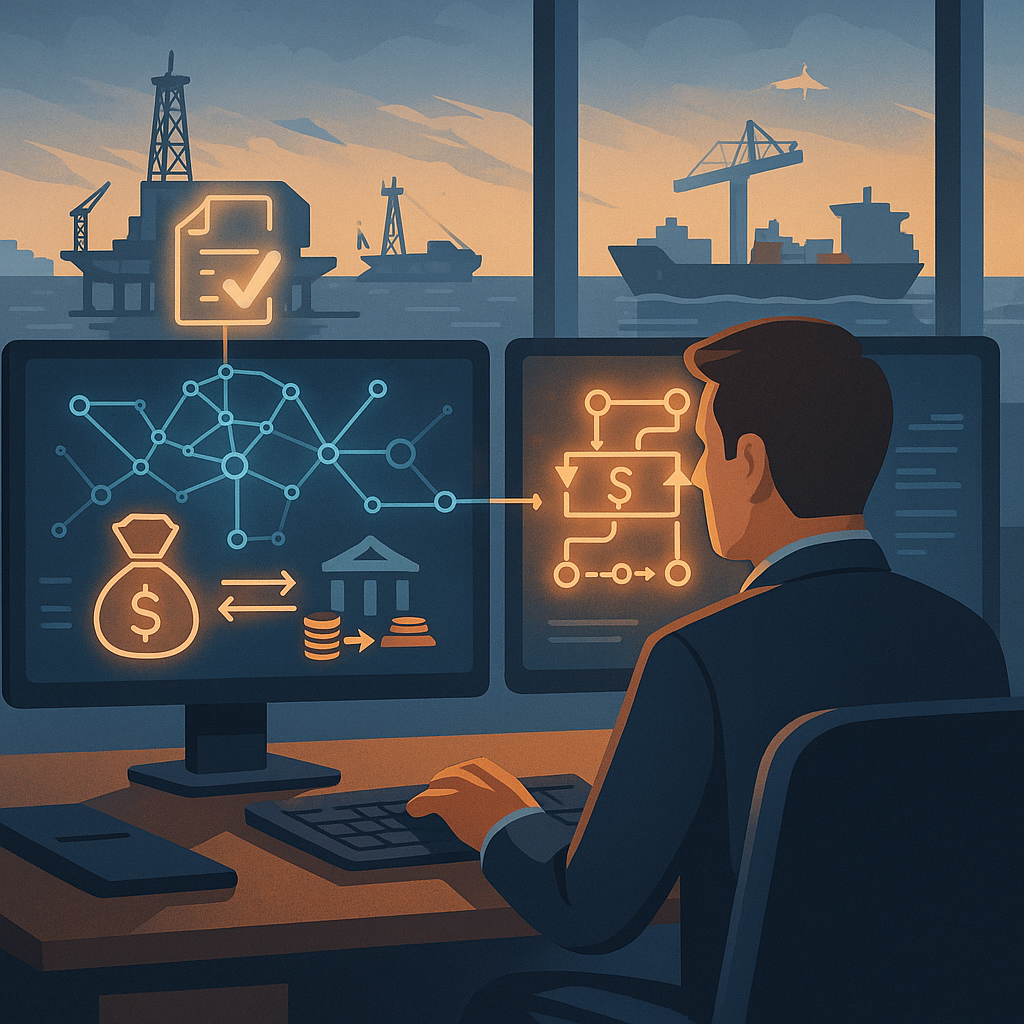Settlements in commodity trading are often slowed by manual reconciliation, contract disputes, and inconsistent data from counterparties. These inefficiencies not only delay payments but also increase operational risk. CIOs are increasingly exploring smart contracts as a way to automate settlements, enforce terms, and cut down on costly errors.
Smart contracts run on distributed ledgers and execute automatically when predefined conditions are met. For commodity trading, this could mean triggering payments once shipment data is verified, or releasing collateral when quality certificates are confirmed. By removing manual checks, settlements become faster and more transparent.
Python is a natural fit for developing smart contract logic and integrating it into broader IT workflows. Combined with AI, Python can validate contract inputs, parse unstructured documents, and flag exceptions that require human review. These capabilities connect directly to CTRM and ETRM platforms, many of which are still built on C# .NET, ensuring trading operations remain synchronized.
The challenge is deployment. Building secure smart contracts, integrating with blockchain networks, and ensuring compliance requires skills across multiple areas. Few in-house IT teams have the bandwidth to master blockchain, Python, AI models, and legacy system integration simultaneously.
Staff augmentation helps bridge the gap. By bringing in external engineers with blockchain and AI expertise, CIOs can accelerate smart contract adoption without overloading existing teams. Augmented specialists can handle contract logic, API integrations, and Azure-based deployments, while internal teams continue to manage daily trading operations.
Smart contracts will not replace all settlement systems overnight, but they are becoming an essential tool for reducing delays and risk. With staff augmentation, CIOs can test, refine, and deploy these solutions faster, ensuring settlements keep pace with the speed of global trading.

